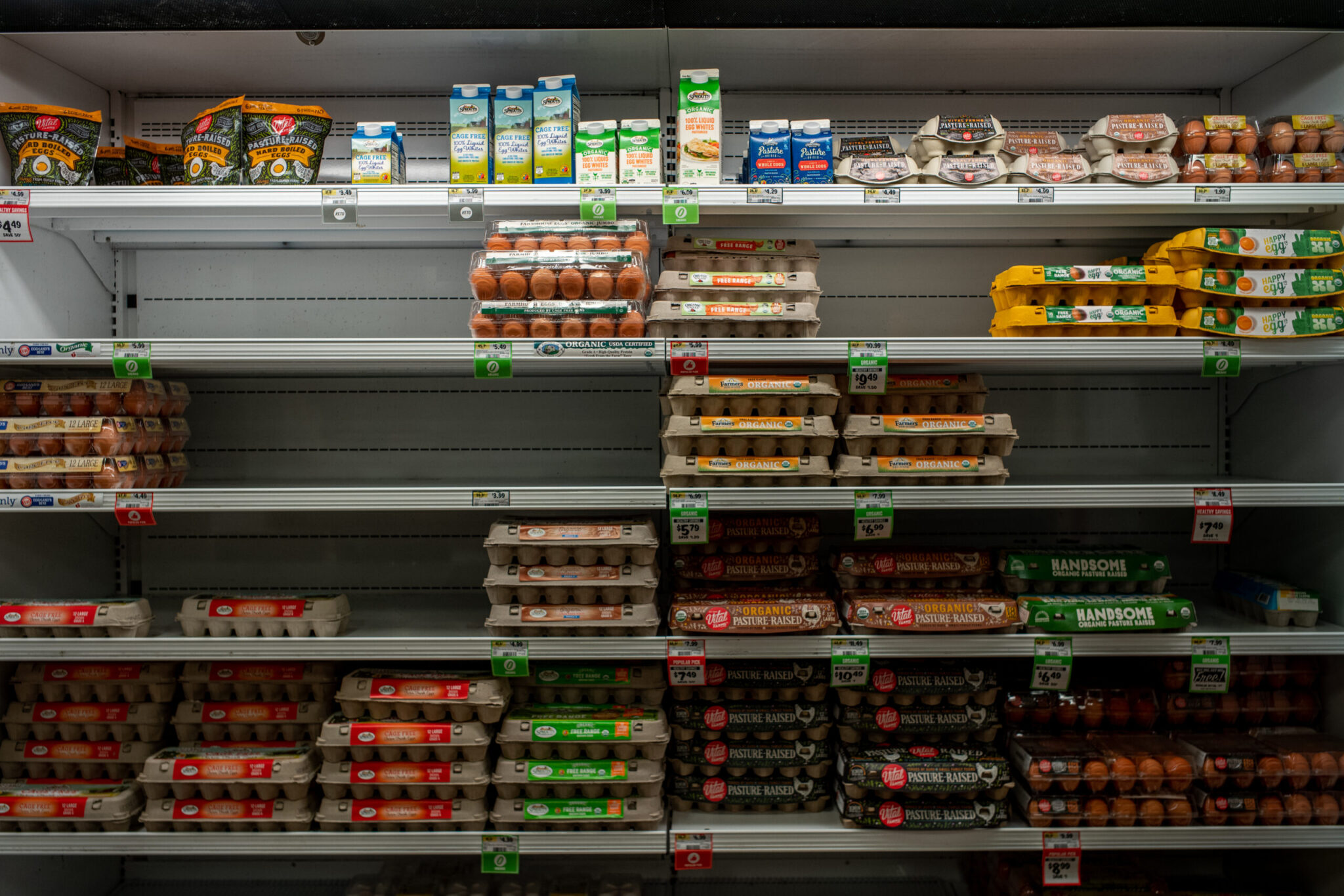Wage growth remains high, jobs are steady and inflation is falling so why are people worried?

Economists have been predicting a recession for months, but the labor market has remained resilient, wage growth is higher than before the pandemic, and inflation continues to drop, now at 4% compared to 9.1% in June of last year. Despite this good news, consumers don’t feel confident about the future, according to the consumer confidence index, which is at a six-month low.
The consumer confidence index fell to 102.3 in May from 103.7 in April. The present situation index, which shows how consumers feel about current conditions in business and labor, dropped to 148.6 from 151.8, and the expectations index inched down to 71.5 from 71.7. According to the Conference Board, an economic research and business membership organization that releases the index, an expectations index below 80 is associated with a recession within the next year. People aged 55 or older were especially pessimistic about the economy. The next consumer confidence survey results come out on June 27.
“The technical term for the type of economy that we’re in now is weird,” said William Hauk, associate professor of economics at the University of South Carolina. “On the one hand, there’s a lot of very good news. We have a very low unemployment rate, really almost historically low at this point. The job market is doing well. At first, coming out of the pandemic, some people were concerned that the low unemployment rate was driven in part by low labor force participation. But that’s really kind of caught up to where it was in pre-pandemic terms.”
Although inflation is easing up, consumers are still paying more at the store than they’re used to paying in recent history, Hauk said. A lack of affordable housing, the Federal Reserve’s raising of interest rates before the survey ended, and news about bank failures and policymakers’ discussions over the debt ceiling may have all contributed to a gloomier outlook, economic experts said.
“Since the late ’80s to the ’90s, and 2000s, really, up until the last couple of years, we got used to having an inflation somewhere between 0% to 2% a year,” Hauk said. “So 4%, even though that’s certainly better than 8% or 9%, that’s higher than people are used to. I think it makes people feel kind of grumpy when they’re going to the grocery store, filling up their cars with gas and a lot of the other, you know, day-to-day purchases that they make, so I think that’s a big thing that’s dragging down consumer confidence.”
Why does the consumer confidence index matter? Economists and other economic experts say it’s a useful, if imperfect measure because it can provide information about future consumer behavior, which affects the economy. About 70% of the GDP is consumer spending.
“If consumers are nervous, that can mean less spending on the part of households and as a result that would make a recession more likely,” Hauk said.
Anastassia Fedyk, assistant professor at the Haas School of Business at UC Berkeley, said there are pros and cons to looking at the consumer confidence index to understand what it means for the health of the economy.
“The benefit is that this measure is forward-looking: how consumers feel towards future spending. This means that the measure can indeed be helpful in predicting future behavior,” Fedyk said in an email to States Newsroom. “Declines in consumer confidence now can forecast declines in consumer spending in the future. The drawback is that this measure is based on opinions rather than actions, and opinions stated in surveys don’t always perfectly translate into future actions. So consumer confidence is not a perfect forecaster of future consumer spending.”
A preliminary report for the Michigan Consumer Sentiment Index’s June survey found that it was up 7.9% from May’s final report, but noted that it’s still low by historical standards. Retail and food services sales were up 0.3% in May from April and rose 1.6% from May of last year. According to Reuters, economists polled by the outlet predicted a 0.1% fall from the month before. Consumer spending ticked up 0.8% in April.
Lara Rhame, economist and managing director at FS Investments, said consumer sentiment in particular will be important to watch to understand the direction of the economy.
“Our economy wants to grow. It naturally grows and the difference between sluggish growth and a real recession is household sentiment and when it starts to crack or buckle, I think it does get a lot of attention from policymakers,” she said.
Unemployment reached its lowest level in 54 years earlier this year and remains fairly low, at 3.7% in May. Wage growth, which was 3.7% in December of 2019, reached 6.7% in July 2022, though it has since fallen to 6%, according to the Atlanta Fed. But Americans still have justified economic concerns, economists say. Housing is still expensive for many families. Although single-family rent growth has been slacking off for the past year, rents have risen 26% since February 2020, according to a June 20 analysis from CoreLogic, a business that produces consumer analytics and business intelligence.
In the first quarter of 2023, student loan balances totaled $1.6 trillion, a $9 billion increase from the last quarter, St. Louis Fed data shows. The people carrying that debt will have to make student loan payments again in October after a pause that began in March 2020. Interest on those loans start up in September. Many of the programs people relied on earlier in the pandemic to ease their economic pain, such as emergency SNAP allotments, have been discontinued or are set to end soon.
Dr. Rakeen Mabud, the chief economist and managing director of policy and research at Groundwork Collaborative, said the economy is “remarkably strong” right now given the challenges of inflation and the pandemic.
“I also think that it’s important to recognize that the pre-pandemic economy is not good enough,” she said. “… Part of what I think is probably going on is that the crises that we’re facing, the affordability crisis, the crisis of low-quality jobs with low wages and stability — these are crises that have long predated the pandemic.”
She added, “We’ve seen the cost of education, of health care, of child care, of housing, the prices have skyrocketed over the last several decades and wages have not kept pace. I think it’s important when we’re asking why are the vibes so off to really zoom out and think about not just this particular period of remarkable resiliency that we have seen with the labor market in particular, but what is the economy that people really want? People want an economy where they have stability, they have security, and they have ability to make ends meet without a huge amount of stress.”
The Federal Reserve has also raised interest rates since March of 2022. It paused these rate hikes for the first time since then on June 14, but indicated that there may be interest rate increases later this year.
Hauk said that in addition to the bank collapses this year, consumers may be feeling the effects of the Fed’s rate hikes.
“There have been a lot of, you know, sudden, very sharp interest rate hikes by the Fed and that makes credit tighter and that does make it harder to get a loan,” he said. “If you do have a loan, you’re paying higher interest than you were used to. If you’re thinking about going out and buying a car or if you’re looking for a new home or refinancing a mortgage, it’s not very easy anymore. All of these things do dampen consumer confidence as well.”
Fedyk said that for older populations that had particularly low consumer confidence, the debt ceiling talks that occurred before the survey’s cutoff date could have contributed to their point of view.
“Certainly the political discussions regarding the debt ceiling at that time likely had an effect,” she said. “(It) could reflect anxiety about potential cuts to social programs such as Medicare and Social Security.”




 Creative Commons Attribution
Creative Commons Attribution